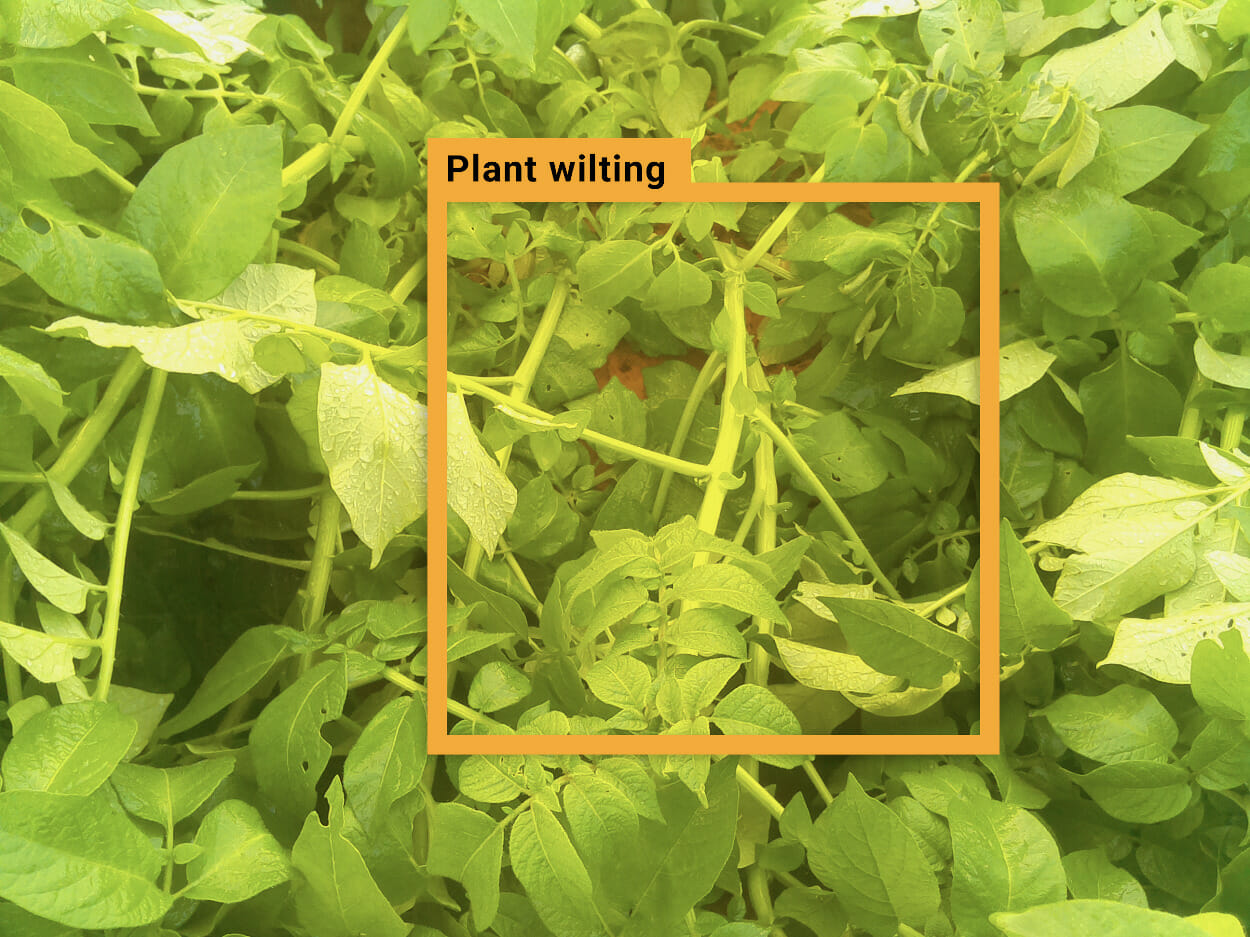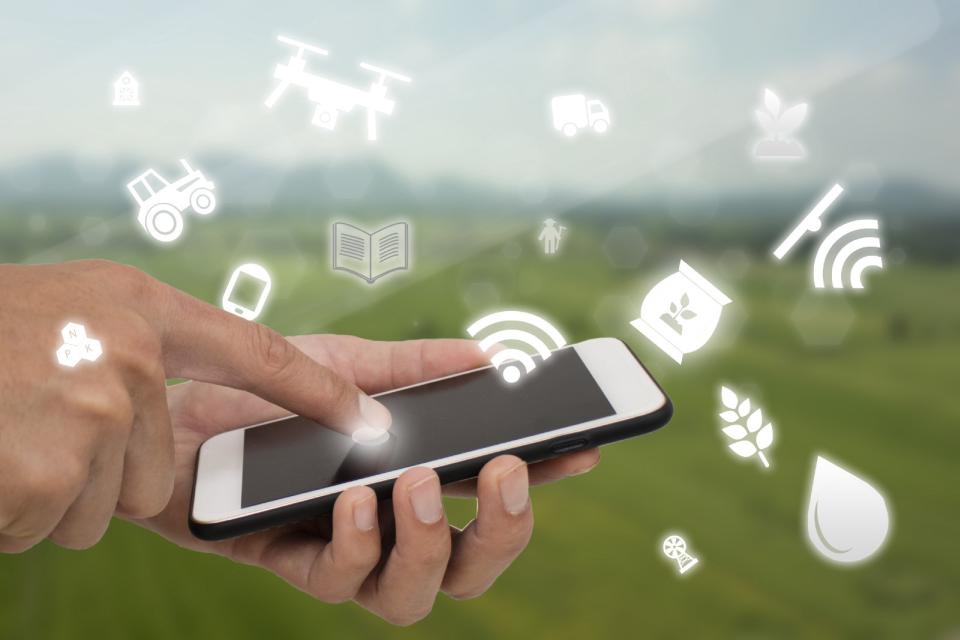Optimizing Resources for Profitability: Is Digital Twin Tech Necessary?
The value of any technology ultimately lies in the ability to optimize costs and resources. Having the ability to preempt outcomes gives food growers the benefit of foresight which can then be applied in real life. An example of real-life application and commercialization of Digital Twin technology is the mechanistic model which was developed by Tom De Swaef at Gantt University. Belgian company 2Grow leverages this model to measure variations in the flow of water and stem thickness in tomato plants. The company aims to reduce the 20% surface area spent on plant production.
It is still unclear if the community is making an effort to adopt digital twins in its operations. What’s more, it can be argued that in most cases digital twin technology is not actually necessary. Advances in machine learning have made it possible to predict key events without building a full model that would require large amounts of high quality data which is also expensive to get. As a food grower wanting to predict certain properties, focusing on measuring and monitoring key changes might be all that is needed to build a successful predictive model. What’s more, this is dramatically more affordable, making it attainable for food growers that need to see immediate ROI on the implementation of predictive models.

For example, if you grow potatoes it is important to have indicators for pests such as late blight disease, caused by a fungus-like organism that can result in crop failures in a short period if appropriate control measures are not adopted. For this type of row crop on large acres of open field, having cameras mounted on pivot irrigation systems can efficiently and effectively identify diseases or issues. The data needed to create a digital twin for an open field of potatoes would cost a fortune, and creating an entire model at such a scale to get insights that can be obtained with simpler and more affordable technology, just doesn’t make sense.
- Video game SimCity broke ground in the 90’s as players became the hero of their very own city as they designed and created a beautiful, bustling metropolis digitally. Fast-forward 30 years, and we have the technology to create incredibly accurate digital representations of real-world trees, farms, or orchards. Just like in SimCity we can simulate how a metropolis would evolve based on what we “invest in” within the game, we can now create simulations of how a plant will grow in different scenarios — helping us fine-tune agriculture efforts with unprecedented foresight.
- A Digital Twin is a digital representation of a real-world thing. It can be used to monitor the real ‘thing’ remotely. In order to provide an accurate and realistic surrogate for the real-world twin, the digital twin must be data-informed via digital measurement of the real entity. In agriculture this could be data that comes via tools such as soil sensors, plant imaging, weather data, etc.
- The new digital representation, or digital twin, should reflect the entire agricultural effort: physical assets, processes, systems, resources, everything. In return, this enables us to simulate, plan, analyze, and improve agricultural processes at a previously unimagined scale. However, is it really necessary for food growers to implement this costly sophisticated technology — or can they get the insights they need from more accessible and affordable sensors that will help them monitor and predict key outcomes?
Growth and Adoption of Digital Twins and Their Potential in Agriculture
Gartner predicts that by 2021, half of large industrial companies will use digital twins, which will translate to a 10% improvement in effectiveness for those organizations. However, the concept of digital twins has been around for decades. For over 30 years, product and process engineering teams have used 3D renderings of computer-aided design (CAD) models, asset models, and process simulations to ensure and validate manufacturability. For example, NASA has run complex spacecraft simulations for decades. However, innovations in machine learning and AI are bringing the concept of the digital twin to the forefront, creating a lot of hype as a disruptive trend with broader impact in the near future.
When it comes to agriculture processes, using Digital Twins as a central means for farm management can enable the decoupling of physical flows from its planning and control. As a result, farmers can manage operations remotely based on (near) real-time digital information instead of having to rely on direct observation and manual tasks on-site. This allows them to act immediately in case of (expected) deviations and to simulate effects of interventions based on real-life data. For example, a Digital Twin of an orchard could alert the orchard of over-irrigation without that farmer having to examine the orchard.
The idea of a digital orchard is extremely attractive to farmers that understand the labor-intensive nature of monitoring, predicting, and controlling the health of fruit trees and the quality of their harvest. Scientists at the University of Queensland developed a model for an orchard with slow-growing crops like mango and macadamia. This can enable users to rapidly trial new ideas and gain insights on how to best optimize production systems. Researchers at the project emphasized how these instant simulations could particularly benefit slow growing crops such as fruit trees.

There are specific use cases where it makes financial sense to build a digital twin, such as for plant breeding, where a model could allow you to predict early on if a specific variety is not commercially viable. But in many cases, there’s no need to crack a nut with a sledgehammer.
- Raviv Itzhaky is the Co-Founder and CTO of Prospera Technologies, leading the company’s technical vision of transforming the way food is grown using data science and AI. He uses his expertise in algorithm development, mathematics and machine learning to solve real-world problems. Prior to Prospera, Raviv developed algorithms at cybersecurity company BioCatch, and served as a Signal Processing Engineer with the IDF. He holds a BSc in Physics and MSc in Applied Physics from The Hebrew University.

